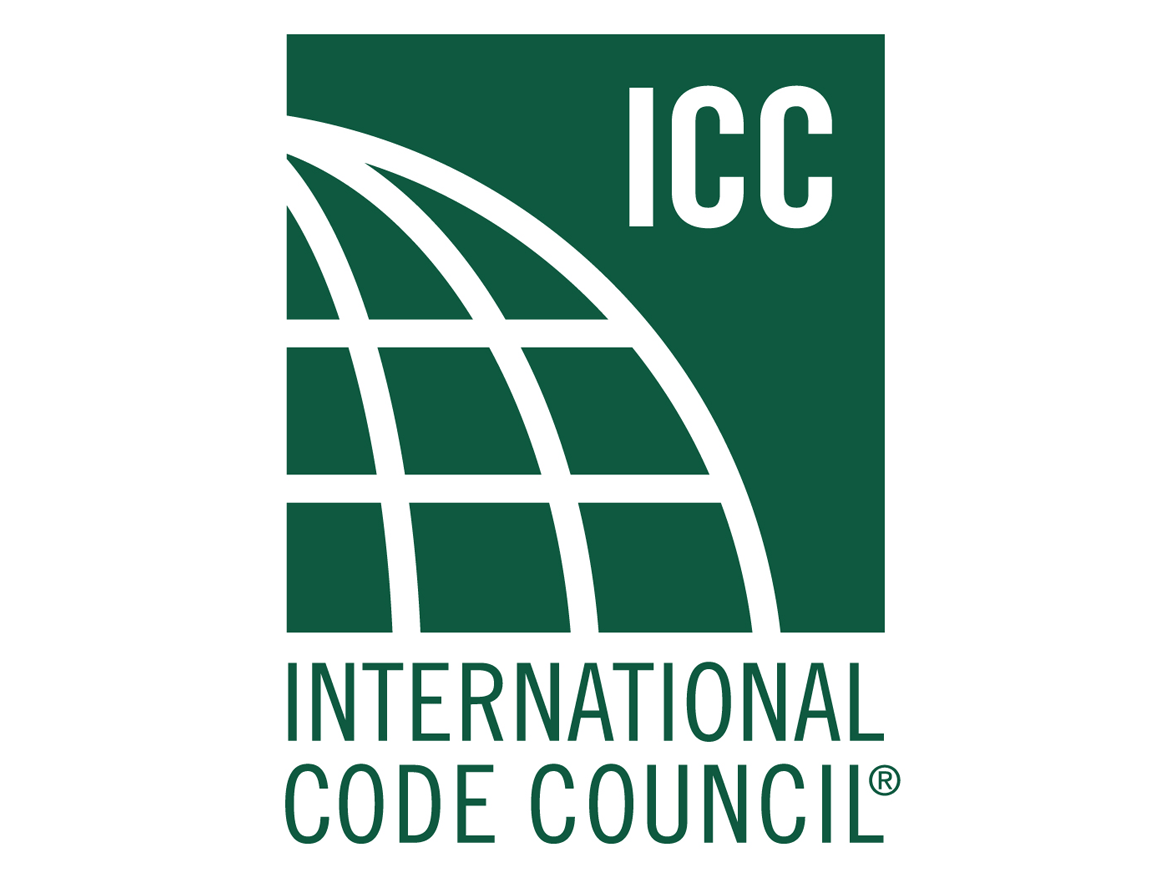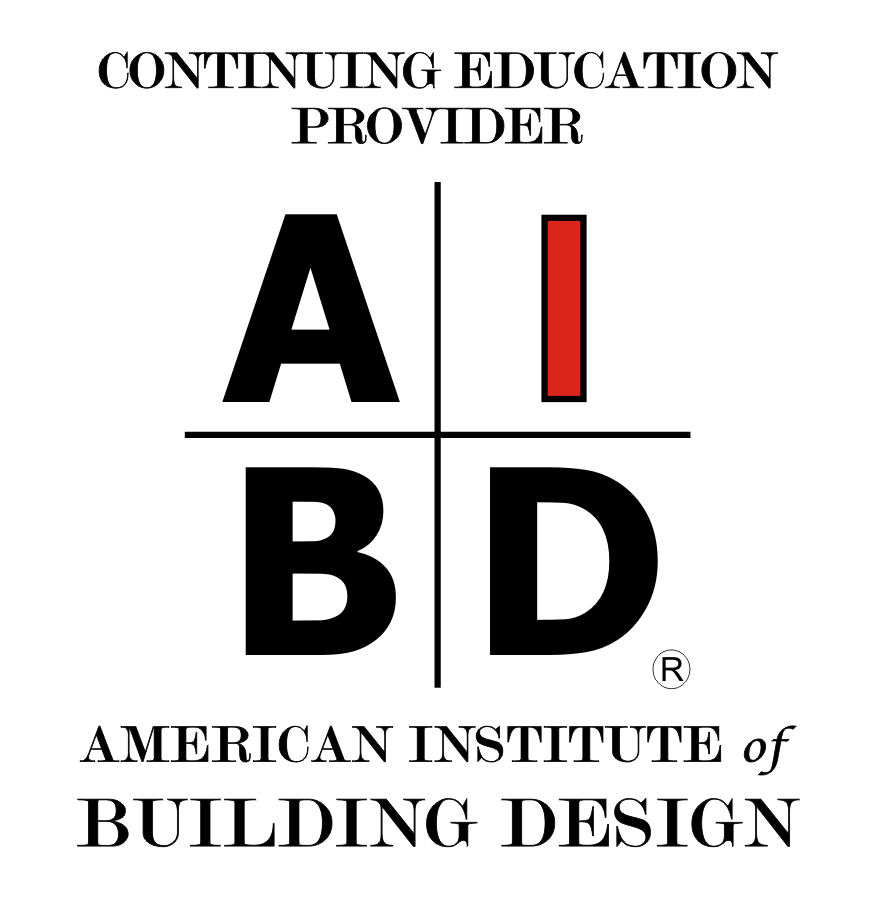Designing for Accessibility and Sustainability: A Unified Approach
Explore how sustainable practices and ADA compliance intersect, focusing on creating environmentally conscious, accessible spaces for all users.
Sponsored by Inpro | Presented by Jazz Graves, and Ruben Van Colenberghe
Live Webinar Airing on May 28, 2025 at 02:00 PM ET
Jazz Graves, a principal at KieranTimberlake will present the firm’s Harvard University’s Undergraduate House Renewal Program, which aims to re-configure nine historic campus residences to meet the complex needs of today’s students with an emphasis on improved accessibility. KieranTimberlake has completed several of these renewals and is currently working on the interior and exterior renovation and restoration of Eliot House, a Neo-Georgian building built in 1931 and located along the Charles River in the heart of the River Houses.
Beyond preserving and refortifying the House system's cultural relevance, the Renewal project was also grounded in a keen drive to upgrade the performance and sustainability of the buildings themselves. New, discretely implemented building systems and extensive envelope upgrades resulted in LEED Gold and Platinum ratings for the three Houses.
More pressingly, our renewal efforts prioritized unprecedented, full building accessibility by opening the ground floor entryways and redesigned basement common spaces to those requiring mobile assistance. Unobtrusive slopes and revamped vertical circulation now accommodate wheelchair linkages throughout and between Houses.
Bell Design Group Ruben Van Colenberghe will present Balancing Accessibility and Creative Reuse. Accessibility and sustainability are often recognized for their individual importance, but not always considered for their symbiotic relationship. Bell Design Group, finds that achieving this balanced relationship is a central challenge in contemporary practice. Their approach to this challenge is to craft meaningful, inclusive environments that embody wholistic sustainable principles. This presentation showcases case studies in which accessibility and sustainability were the primary goals, often with limited budgets.
At the end of these dynamic presentations, a brief Q&A session will be to discuss key points from the webinar.

River House Renewal, Harvard University
 |
Jazz Graves , As a Principal at KieranTimberlake, Jazz brings a strong collaborative approach to deliver design solutions with ambitious technological and sustainability goals. Since joining the firm in 2012, she has been involved with a variety of projects, including the award-winning Engineering Research Center at Brown University, a cutting-edge laboratory facility that was designed and built using an Integrated Project Delivery (IPD) process. She also served as a project architect for Washington University in St. Louis’ East End Transformation, which included a new facility for the art and architecture school, an expansion of the Mildred Lane Kemper Art Museum, two new multi-use buildings, and an underground parking garage. At MIT, Jazz recently stewarded a comprehensive undergraduate housing roadmap study, thoroughly investigating renewal strategies for three large undergraduate residential facilities. She is currently the principal in charge of the historic renewal of the interior and exterior for two of Harvard University’s River Houses. |
 |
Ruben Van Colenberghe , Ruben Van Colenberghe, Project Director, Associate, Bell Design Group is a passionate and driven architect with 20+ years of expertise with a focus on functionality, efficiency and quality. Ruben has built over 46 million square feet around the world. He brings a bevy of building construction techniques, BIM mastery, engineering coordination and architectural standards to BDG, where he leads the project management and quality control efforts of the firm. |
Founded in 1979, Inpro® is a global provider of high-performance, design-forward architectural products for building professionals. Inpro's product categories include door + wall protection, washroom systems, expansion joint systems, cubicle curtain + privacy systems, elevator interiors, architectural signage, and commercial window treatments.
Originally published in Architectural Record
Originally published in February 2025
LEARNING OBJECTIVES
- Identify Key Intersections Between Sustainability and Accessibility – Analyze how ADA compliance and sustainable design principles can be integrated to create spaces that promote environmental responsibility and universal access.
- Apply Sustainable Strategies to Enhance Accessibility – Explore how sustainable materials, energy-efficient systems, and biophilic design contribute to accessible environments that support occupant health, safety, and well-being.
- Evaluate Design Solutions for Compliance and Performance – Assess case studies demonstrating the successful implementation of ADA-compliant and sustainable design strategies, ensuring projects meet legal requirements while enhancing usability.
- Incorporate Universal Design Principles for a Healthier Built Environment – Implement best practices in universal design to create adaptable, inclusive spaces that accommodate diverse user needs while optimizing resource efficiency and building performance.












